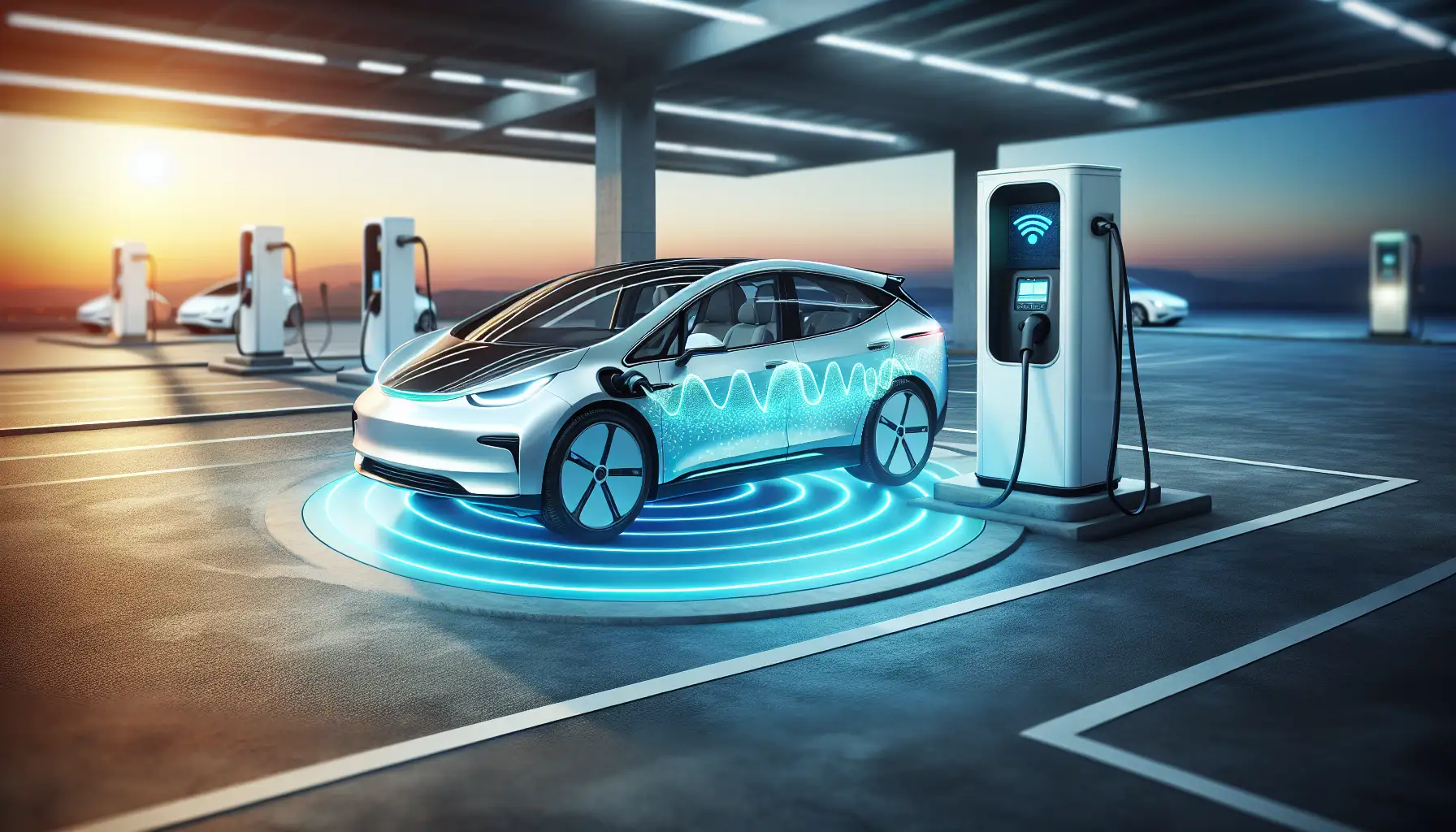Wireless Charging for Electric Cars: How It Works
An introduction to wireless EV charging technology and its potential benefits

Introduction
As electric vehicles (EVs) become more popular, the demand for convenient and efficient charging solutions is on the rise. One of the most promising innovations in this field is wireless charging. This technology offers a hassle-free way to power up your EV without the need for cables or plugs. In this article, we'll explore how wireless charging for electric cars works and the potential benefits it offers to drivers.
Background Information
Wireless charging, also known as inductive charging, has been used in various applications, such as charging smartphones and electric toothbrushes. The concept is now being adapted for electric vehicles, aiming to simplify the charging process and enhance user convenience.
How Wireless Charging Works
Wireless charging for EVs relies on electromagnetic fields to transfer energy between two coils: one located in the charging pad on the ground and the other installed in the vehicle. Here's a step-by-step breakdown of the process:
- Alignment: The vehicle is parked over a charging pad, ensuring the coils are properly aligned.
- Energy Transfer: An alternating current (AC) passes through the coil in the charging pad, creating a magnetic field.
- Induction: The magnetic field induces a current in the vehicle's coil, converting it back to direct current (DC) to charge the battery.
This method eliminates the need for physical connectors, making the charging process seamless and user-friendly.
Benefits of Wireless Charging
Wireless charging technology offers several advantages for electric vehicle owners:
- Convenience: Simply park your car over the charging pad, and the charging process begins automatically, saving time and effort.
- Safety: Without cables, there's less risk of tripping hazards or damage from weather exposure.
- Reduced Wear and Tear: Eliminating physical connectors reduces wear on charging ports and cables.
- Potential for Dynamic Charging: Future advancements may allow for charging while driving, extending range without stopping.
Considerations and Challenges
While wireless charging offers many benefits, there are also some challenges to consider:
- Efficiency: Currently, wireless charging is less efficient than wired charging, leading to longer charging times.
- Cost: The technology is still in development, and installation costs can be high.
- Standardization: Lack of industry standards may lead to compatibility issues between different vehicles and charging systems.
Conclusion
Wireless charging for electric cars is an exciting development that promises to make EV ownership more convenient and user-friendly. While there are challenges to overcome, the potential benefits make it a technology worth watching. As advancements continue, wireless charging could become a standard feature in the future of electric mobility, offering a seamless and efficient way to keep your vehicle powered up.
 CarChooser
CarChooser